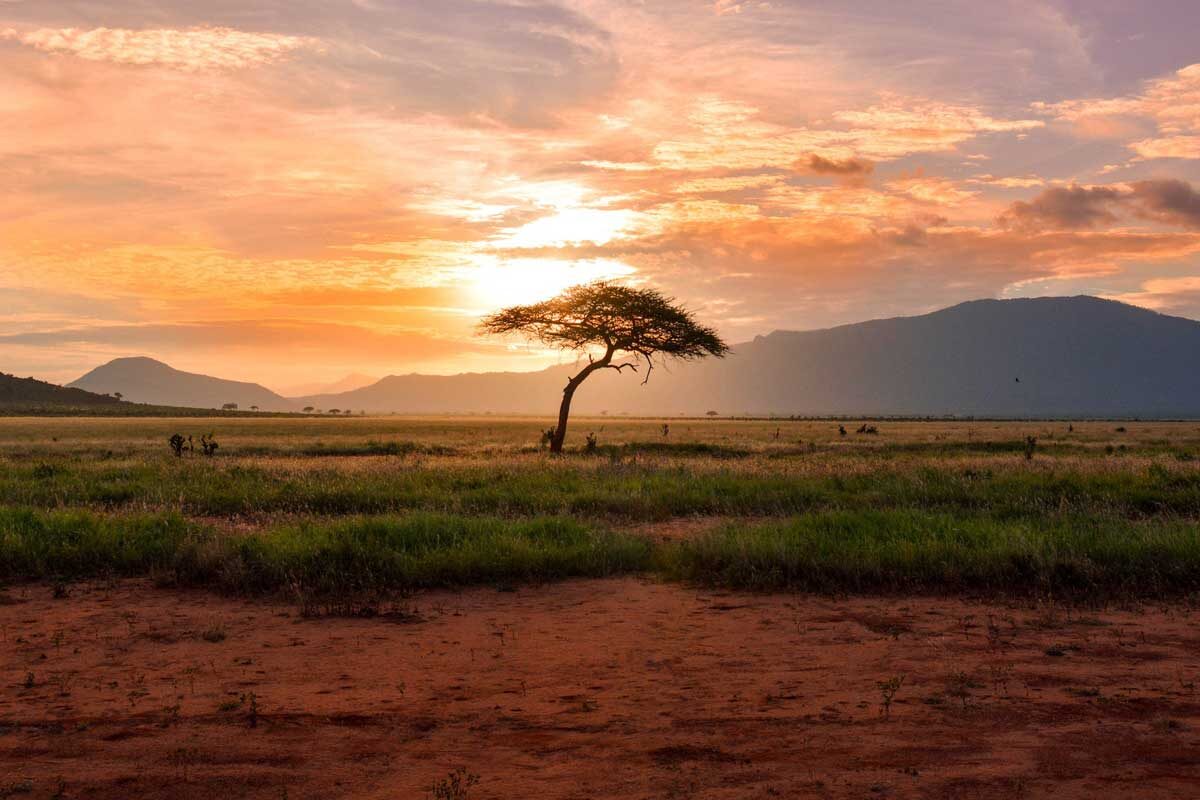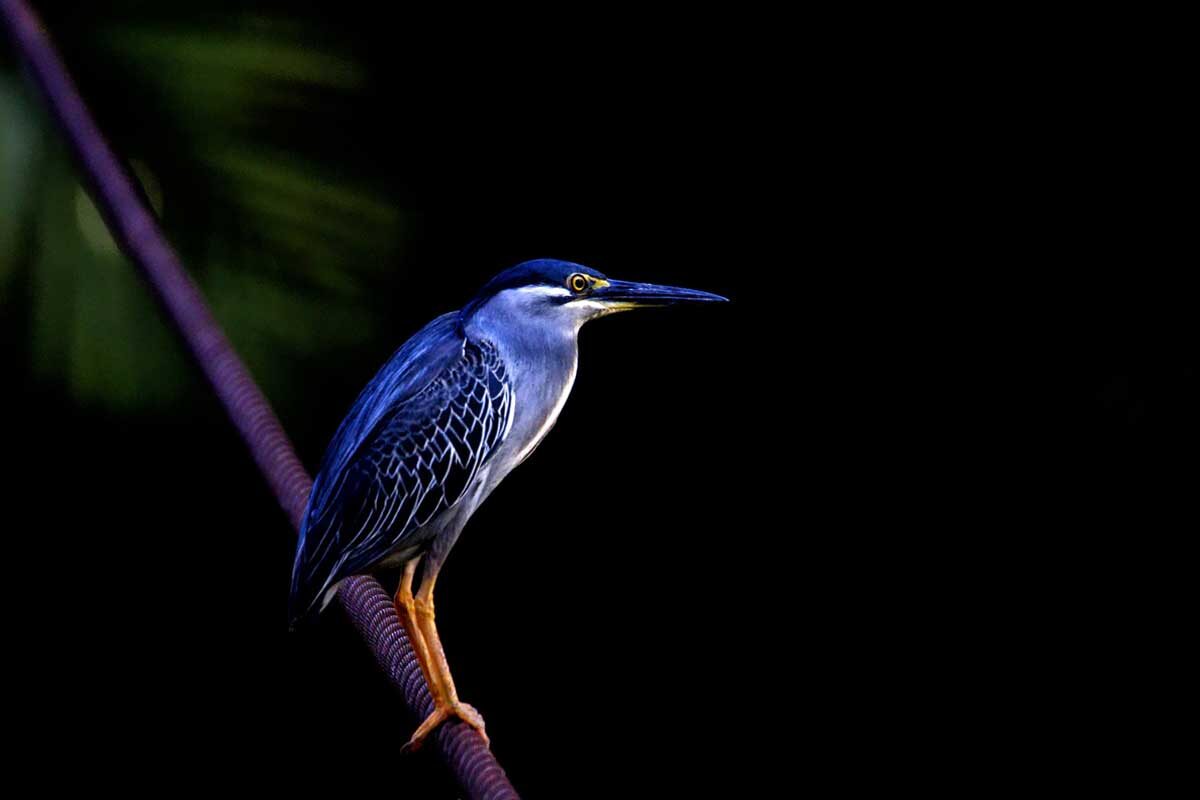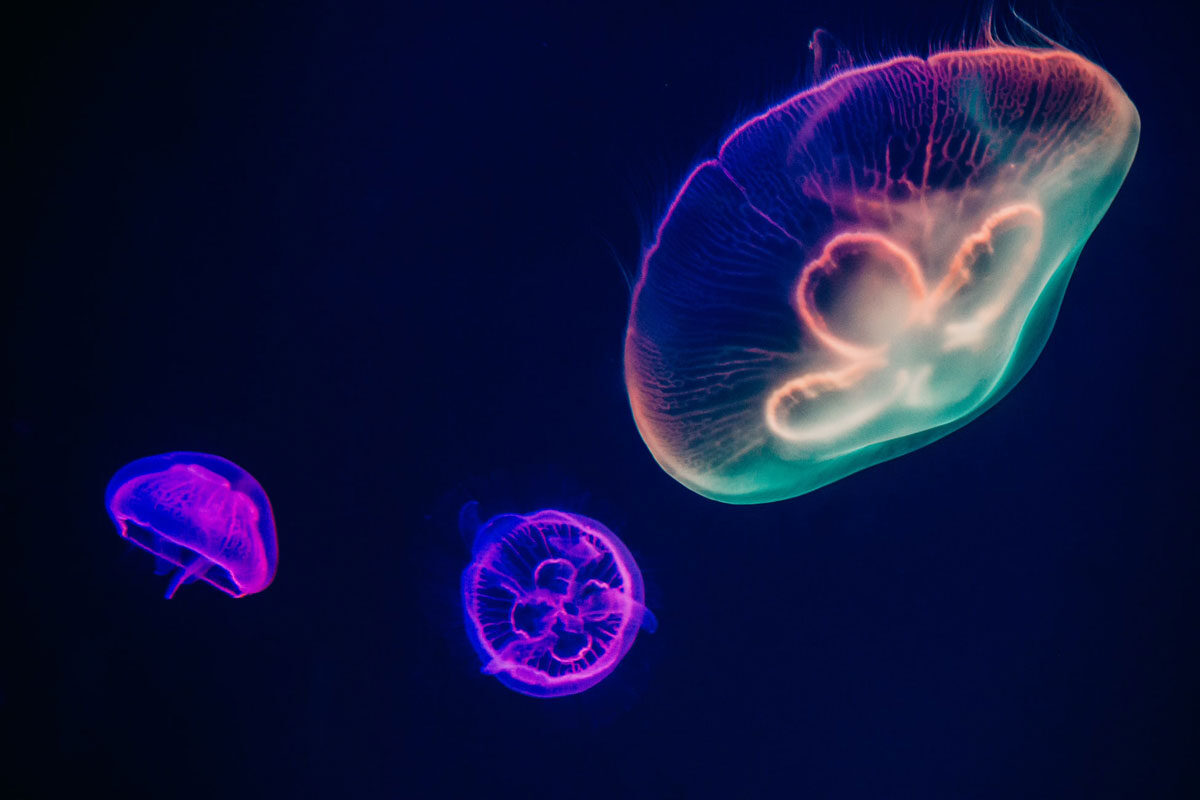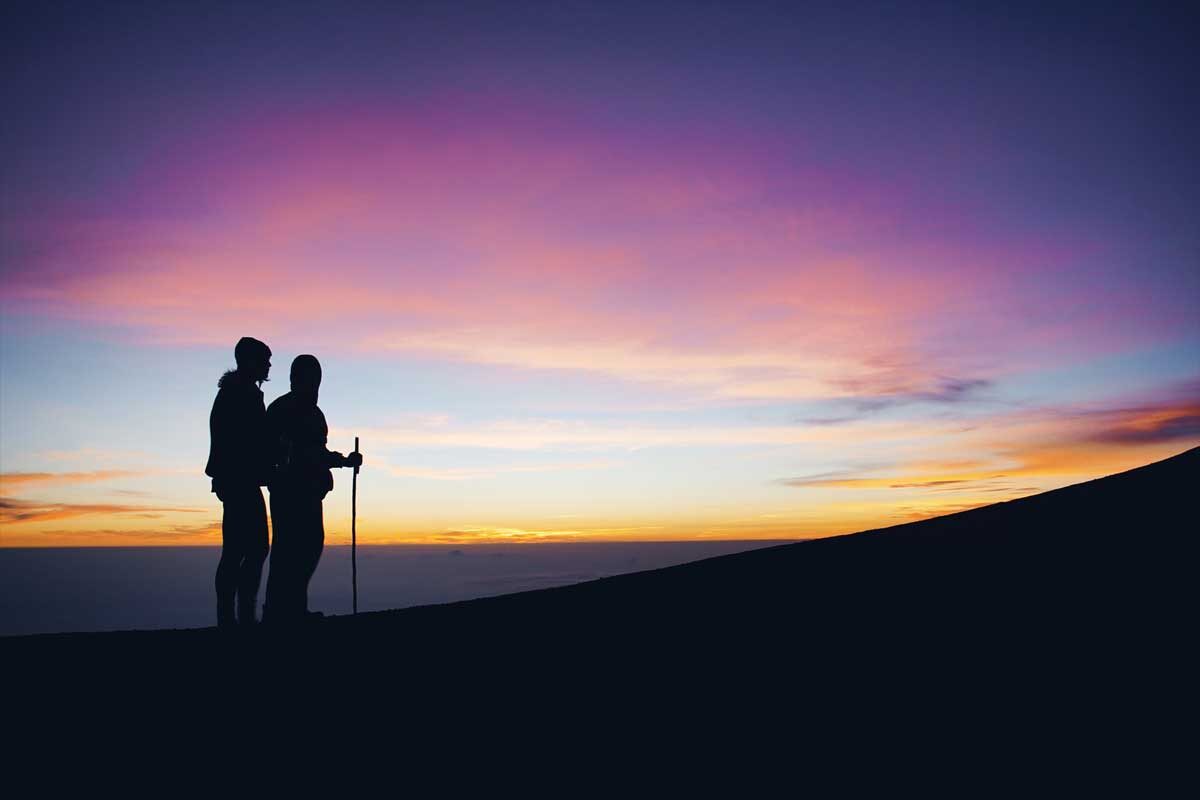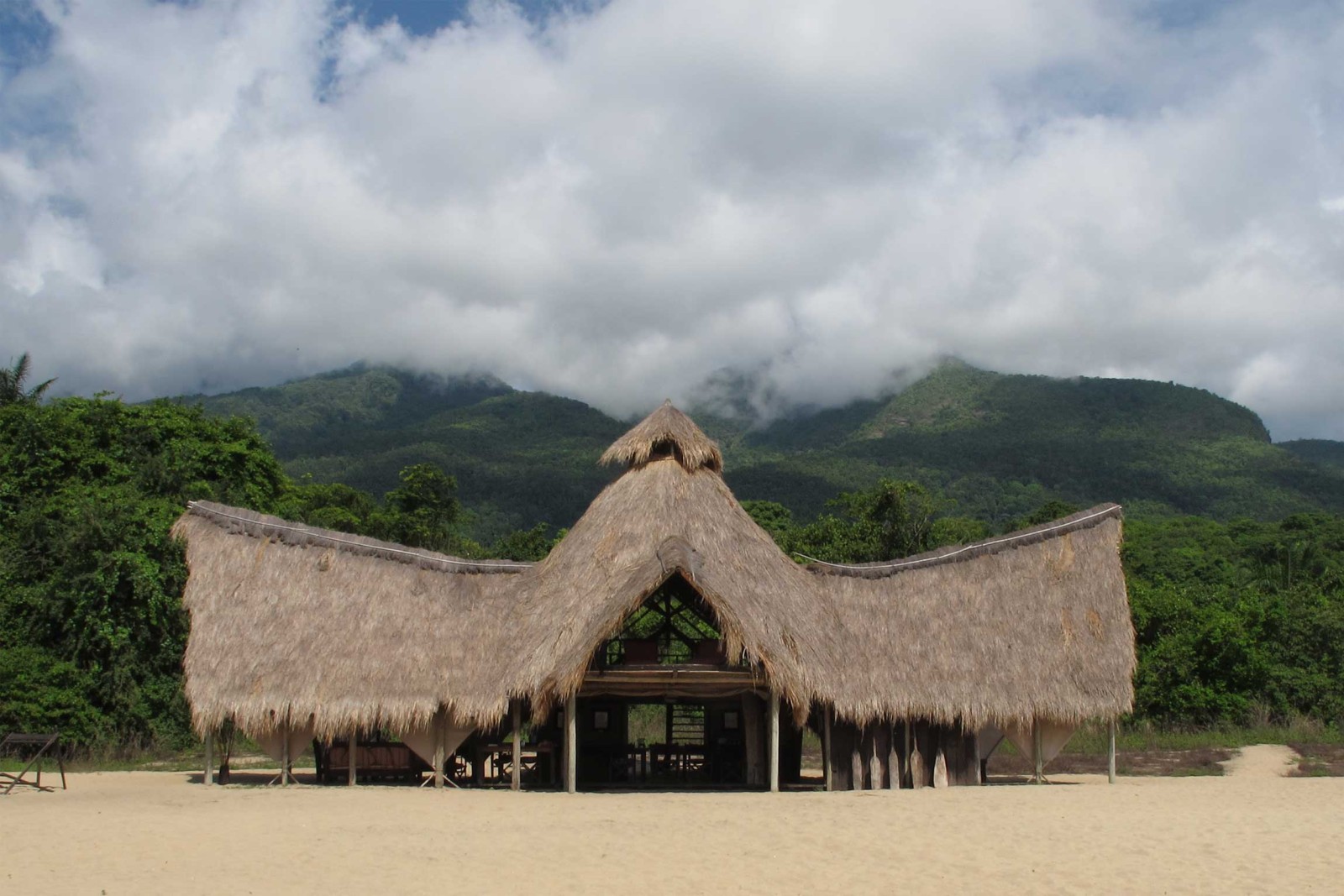
Western Tanzania
Greystoke Mahale
Located on a pristine, sandy beach on the banks of Lake Tanganyika with the slopes of the Mahale Mountains rising behind, the highly regarded Greystoke Mahale lodge offers quite exceptional accommodation and some of the world’s best primate tracking.
There are a mere six exquisite, thatched bandas, carefully constructed using sustainably sourced local materials and overlooking the beach and lake. Each comes with a private bathroom (reached via a short boardwalk from the tent) with hot and cold running water and flush toilets, a luxurious four poster bed with a dressing room, and an upstairs relaxation deck. The main lodge building sits on the sandy lake shore beach and is open sided to let in the welcoming cool breeze. It houses the dining room, bar and a small lounge area with a variety of natural history titles. Meals are superb, featuring plenty of fresh vegetables and local fish.
Situated more than 60kms from the nearest road and backed by pristine forest, Greystoke Mahale is within hiking distance of the world’s largest population of habituated chimpanzees. They can take some hours of steep walking to find (a good level of fitness is required), particularly if feeding on trees high on the mountain slopes: however, chimps can often be found in the forests just behind the camp – indeed, it is not unheard of for individuals to wander past the restaurant at meals times.
Facilities
Restaurant, bar, lounge, library and private bathroom (hot water shower and flush toilet).
Local Wildlife
Habituated chimpanzees are the undoubted wildlife highlight, often allowing a close approach for excellent photographic opportunities. An incredible nine other species of primate occur in the mountains including Angola black-and-white colobus, grivet, blue and red-tailed monkeys and yellow baboons. Other fauna includes hippo, bushbuck, bushpig and a plethora of birds, butterflies and reptiles.
Optional Activities
Beside chimp tracking and wildlife spotting, sailing, swimming and kayaking can also be arranged. Swimming and snorkelling are no longer advised due to the danger from crocodiles.
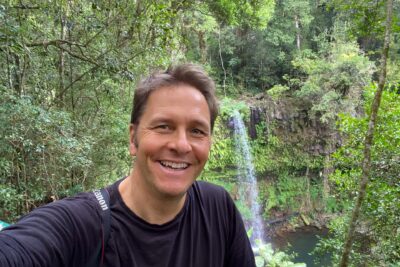
Jonathan Morris
Area Specialist
The forest here is packed full of wildlife but it’s the chimpanzees that everyone comes to see. Here is a rough guide to their distribution and accessibility: June/July: First months of dry season, chimps form large noisy groups to feed on fruit trees high on the mountain slopes around a two hour steep walk from camp. August/September/October: Groups split up and head for the lower slopes. They are much more accessible (approx. one hour from camp) but vocalise less. November/December/January/February/March: Rainy season months. The chimps tend to keep to the lower slopes but can range quite far since food is scarce at this time. Intermittent fruiting of ilombo vines and mkibu trees attract large vocal groups making for great sightings. Paths can be occasionally muddy and slippery, though. April/May: Very wet and the camp closes.
If you have any questions regarding our Tanzania tours, please feel free to contact me on +44 (0)1803 866965
We had a superb holiday [in Tanzania]. I was particularly struck by the variety in the bush. I wasn’t expecting such diversity of trees and colours. Fabulous wildlife. The arrangements all went like clockwork making the whole holiday very relaxed. It worked very well with the children…they were welcomed everywhere.
